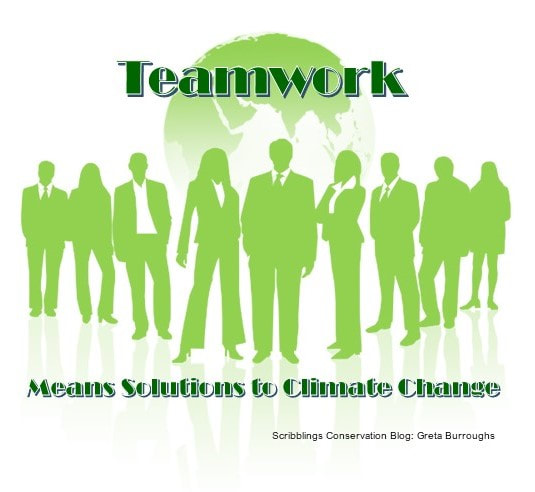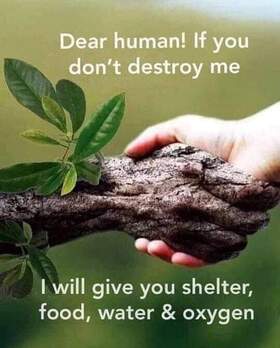
Prior to the 1920s and 1930s, folks who worked the land knew it was more advantageous to work with Mother Nature rather than against her. She provided many of the tools necessary to maintain healthy soil, manage pests, and have good harvests.
Generations of farmers learned how to use these natural tools and passed the information to their children. Of course, it was hard work, and sometimes Mother Nature was not very cooperative in providing the necessary moisture, but the ingredients were always there for those who knew how to use them.
With the advent of synthetic pesticides and fertilizers, the balance was lost. Using chemicals became the norm, and many of the old-time tricks-of-the-trade were lost or forgotten. Man-made fertilizers became less effective with each application, leaving the soil depleted of moisture and the necessary nutrients to maintain healthy crops.
Insecticides killed beneficial insects along with the pests, especially after DDT was developed in 1939. As time passed, increasing amounts of pesticides and fertilizers were needed creating a vicious cycle of man versus nature.
As commercial farms expanded, large tracts of native vegetation fell prey to the excessive use of herbicides. As a result, pollinator and wildlife habitats were decimated, leaving behind a barren, deserted landscape surrounding the fields of crops.
In the 1940s, J.I. Rodale, founder of the Rodale Research Institute and Organic Farming and Gardening magazine, pioneered the modern organic movement. He foresaw the need to return to non-chemical methods of cultivating the land and became the primary source of information on traditional farming methods.
It was not a popular subject among farmers who preferred the modern approach and stubbornly continued using synthetic additives. But in the past few decades, environmental awareness has drawn a growing number of gardeners and farmers to return to the tried and true methods of pest control and soil management practiced by our forefathers, following their example of letting Mother Nature take care of the land and those pesky pests.[i]
The Debate Continues
I live in a rural area surrounded by corn, tobacco, soybean, and cotton fields. The farmers depend on these crops for their livelihood and liberally use fertilizers and pesticides to ensure a successful harvest.
Is it just a coincidence that in the 30+ years since we first moved here, there’s been a significant decline in the flying, flittering, and crawling creatures sharing our space? It’s not just bugs either. Today, there are fewer birds and absolutely zero bats.
Pleasant memory – sitting outside on summer evenings without constantly swatting at bugs. We involuntarily duck as dragonflies pass over our heads, catching and munching on the mosquitoes and gnats. A few bats zip along at a higher altitude hunting for their supper. Fireflies light up the sky while the predators snatch up the unwanted pests and moths flitter from blossom to blossom. We admire the show watching them all zoom across our yard.
That was less than 20 years ago. Today, mosquitoes delight in attacking their movable feast as we dash from the car to the house. There are no more bats or dragonflies to protect us.
The detrimental effects of insecticides, herbicides, rodenticides, and fungicides on insects, wildlife, land, water, and ourselves have been well documented. They include:
- Pesticides contaminate the soil, water, turf, and other vegetation and throw ecosystems off balance.
- Their residues do not degrade. Instead, the chemicals remain in the soil and water for extended periods of time, poisoning all living things.
- Pesticides are equal opportunity killers. They are toxic to a host of other organisms, including birds, fish, beneficial insects, and non-target plants.
- They become less effective over time as species develop resistance. This requires larger and more potent concentrations of poison to kill the targeted weed, insect, rodent, or fungus.
- Regular use of chemical fertilizers, inorganic fertilizers, and pesticides decreases the fertility of the soil at a rapid rate and alters the structure and quality of the soil.
- In humans, prolonged use of these poisons can cause cancer, birth defects, immunotoxicity, neurological and developmental toxicity, and disruption of the endocrine system.
On the other hand, the pro-pesticide contingent claims that the man-made concoctions are necessary. Without pesticides, more than half of the world’s crops would be lost to insects, diseases, and weeds.
Pesticidefacts.org explains that the amount of food needed to feed the world’s growing population would be impossible to produce without pesticides. Herbicides, insecticides, and other artificial additives allow farmers to grow more food on less land. They also provide the additional benefit of protecting the harvested food from bugs, molds, and rodents.
The website is probably accurate when it says, “An abundance of nutritious year-round food at an affordable price is only available because of pesticides.”
That’s only because Mother Nature never intended to have as many mouths to feed, IMHO. Unfortunately, the world’s population explosion comes with a negative impact on the plants, animals, land, and water sharing our planet.
Of course, the website denies any environmental or health issues associated with pesticides, even going so far as to conclude that most pesticides today are less toxic than table salt or vinegar. They falsely claim that “Scientific evidence shows that normal exposure to pesticides does not cause diseases or adverse conditions to those exposed to them. Overall, farm workers have lower incidences of most cancer types and live longer than non-farmers.”
My point of view is biased. I know that. I understand that commercial producers are dependent on pesticides to meet the demand of providing enough food to feed us all. Yes, it’s easier to blame them for all the problems and sit back and wait for them to fix them. However, that’s not reality; we all share in the responsibility.
You and I have a choice whether or not to use pesticides on our lawns and gardens. For instance, grass is the single largest monocrop in America, more than corn, wheat, and fruit orchards combined. Turf grass serves absolutely no purpose whatsoever except to pamper people’s egos. It is an environmental wasteland providing no food or shelter for insects, while massive amounts of water, herbicides, and pesticides are used to maintain manicured lawns. That’s where we, as individuals, can make a significant difference. In an upcoming article, I’ll expand on how and why lawns need to be downsized.
The jury is still out on homeowners’ use of ‘cides.’Some conservation organizations say targeted use of pesticides in certain circumstances is okay. Others say NO, NEVER!
The facts are out there. Read and decide for yourself.
Where do you stand? Whose ‘cide’ are you on?
[i] Acres USA® May 2019, “Preventing Pests with Nature” by Greta Burroughs, pages 20-22https://documentcloud.adobe.com/link/track?uri=urn%3Aaaid%3Ascds%3AUS%3A5263b8b2-8a6b-477e-8360-0a61e907c587
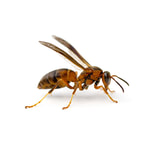
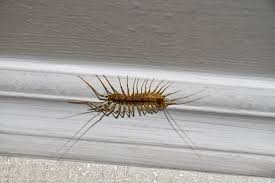
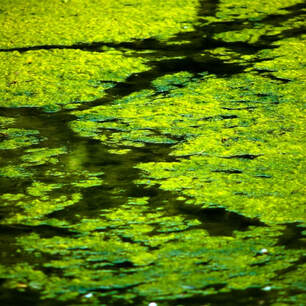
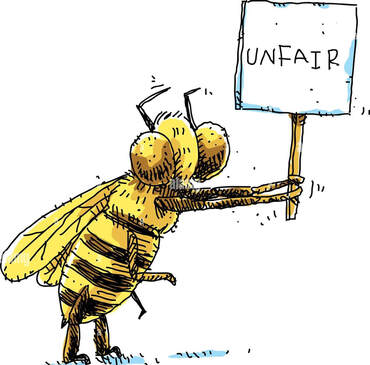

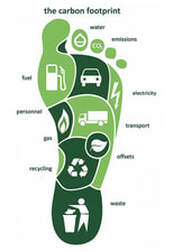

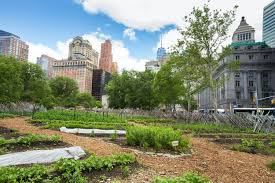

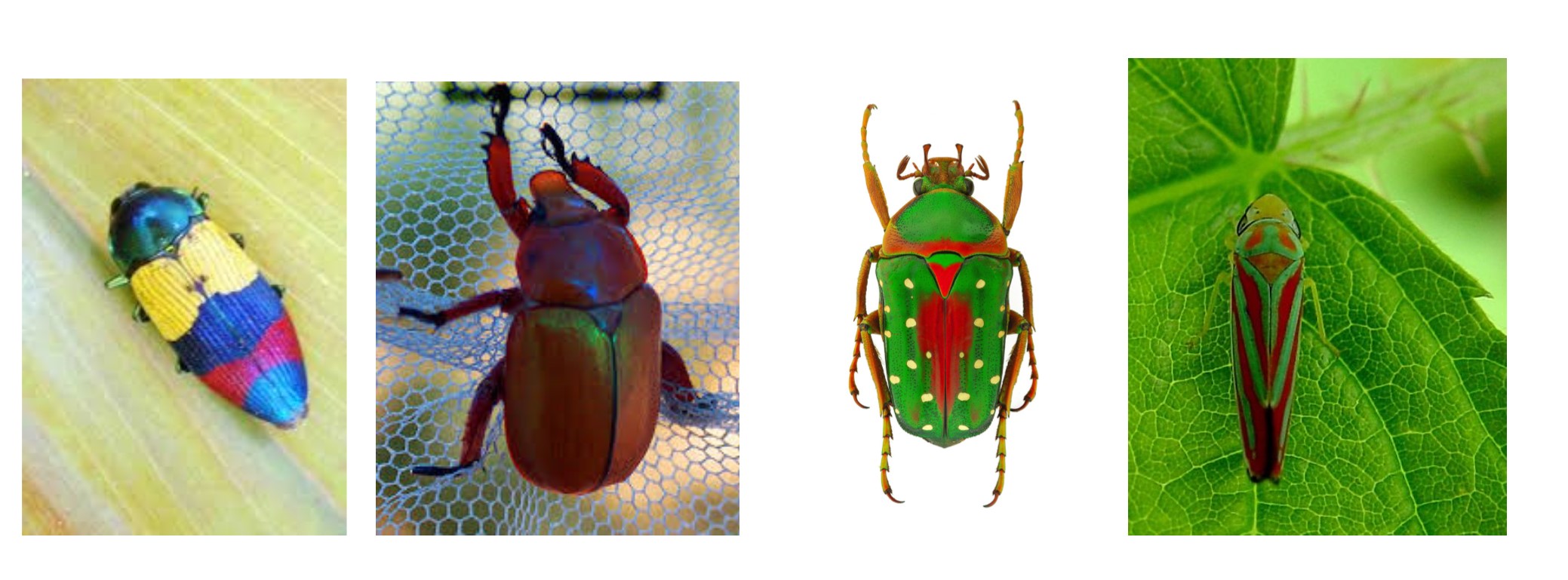
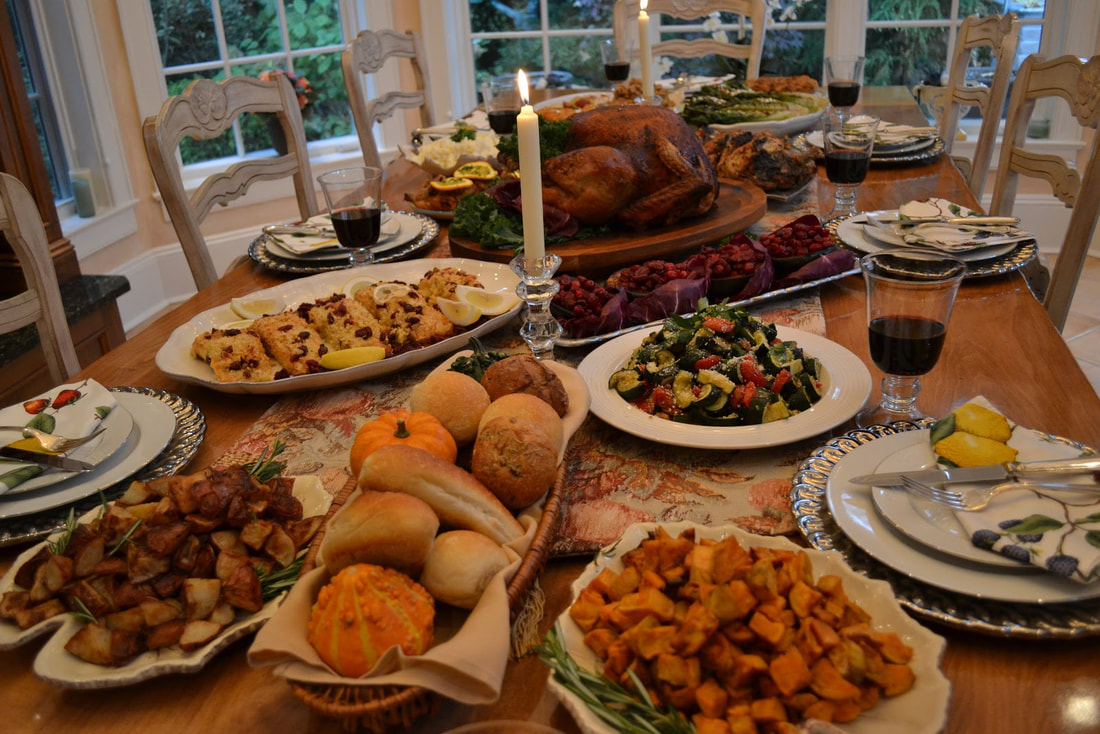
 RSS Feed
RSS Feed

